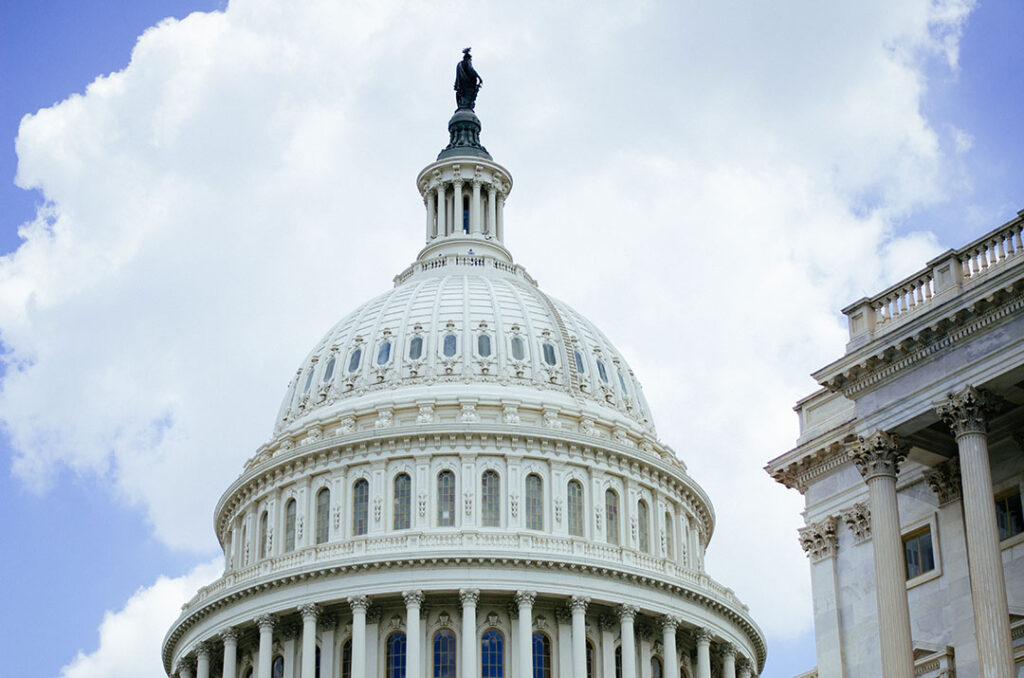SECURE 2.0 Catch-Up Contributions – Part 2: Mandatory Roth Catch-Up

SECURE 2.0 Catch-Up Contributions Part 2: Mandatory Roth Catch-Up Contributions Coming in 2026 This post is Part 2 of our series covering the two major catch-up contribution changes under SECURE 2.0. In Part 1, we covered the new “super catch-up” for employees aged 60 through 63. Now we shift gears to focus on a change […]
SECURE 2.0 Catch-Up Contributions – Part 1: Super Catch-Up

SECURE 2.0 Catch-Up Contributions – Part 1: New Super Catch-Up Boosts Limits for Ages 60–63 SECURE 2.0 introduced two big changes to catch-up contributions in retirement plans—and both will require action from plan sponsors, payroll teams, and advisors. Because each one deserves focused attention, we’re covering them in a two-part series. This post focuses on […]
Long Term Part-Time Employee Rules

Long Term Part-Time Employees: What to Know About New Eligibility Rules You may have noticed a theme emerging in recent blog posts here at ERISA.com – SECURE 2.0 and its emphasis on improving employee retirement savings. In this installment, we will continue the theme by discussing Long Term Part-Time Employees (or LTPTs, as we’ll call […]
Identifying Related Employers: Part II Control Groups

There are two major types of Related Employers: Affiliated Service Groups and Control Groups. Part I of this series discussed the general purpose of Related Employer rules, how they affect plan testing, and explained Affiliated Service Groups. Why are the Control Group rules important? As noted in Part I, ERISA considers all entities that are […]
Identifying Related Employers: Part I – Affiliated Service Groups

Preventing owners and highly compensated employees from abusing retirement plans’ tax benefits is one of the primary policy goals of the Employee Retirement Income Security Act. One way ERISA accomplishes this is grouping certain commonly owned business entities together as a single employer for plan testing. These rules are referred to as the Affiliated Service […]
Government Filings for Your Retirement Plan

Government filings are an important part of maintaining an employee benefits retirement plan. The DOL and IRS require the plan sponsor of 401(k) plans to file a Form 5500 annually as part of Title I of ERISA. The Form 5500 is designed to provide the Federal Government with plan related information. While this may sound […]
Discover the Hidden Value in Your Organization’s Retirement Plan for a Post-Coronavirus Pandemic Era

The coronavirus has upended business as usual and we’re all concerned about what our life, career and business will look like in a post-coronavirus pandemic era. And how we respond to the challenges today will determine the success we enjoy tomorrow. An interesting study conducted by Gartner in 2019 found that companies who opted to […]
How to Suspend or Eliminate Your 401(k) Plan’s Match

During times of economic uncertainty, like the COVID-19 situation that we’re currently in, many companies look for ways to reduce expenses to help keep employees on payroll. One of the expenses you may be considering reducing or eliminating is your company’s matching contribution to the retirement plan. This is usually an effective measure that can […]
SECURE ACT Safe Harbor Amendments and Retirement Plans

How does the SECURE Act affect safe harbor retirement plans? Among the many recent changes to retirement plans, three provisions of the SECURE Act impact safe harbor plans. The provisions center around notice requirements and safe harbor 401(k) plan design to decrease the administrative burden, provide additional employee protection, and encourage the adoption of new […]
SECURE Act Changes for Part Time Employees

Some Payroll Solutions Could Cost Employers Thousands Because of the SECURE Act Beginning on January 1st, 2021, employers who do not track how many hours their employees work every year risk incurring hundreds, if not thousands of dollars in unexpected costs. These changes are tied to a spending bill President Trump. Signed on December 20, […]
